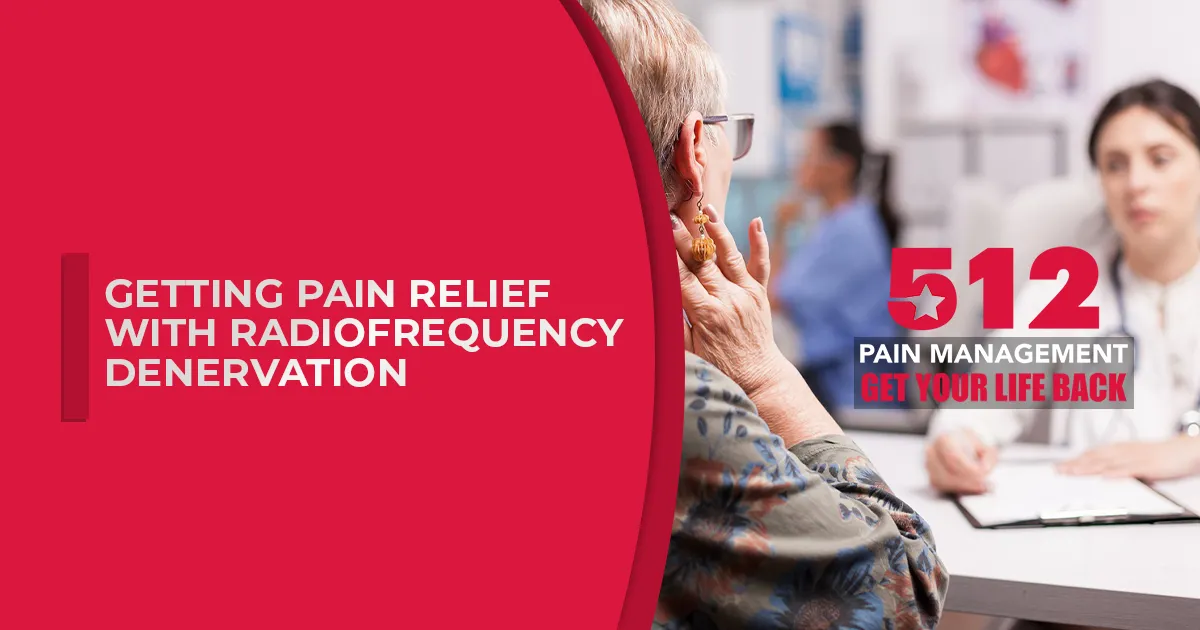For people with serious neck and back pain, you might be willing to do just about anything to get relief. Still, you might not have to undergo invasive medical procedures to find a solution for your pain. Treatments like radiofrequency denervation can offer pain relief with just a visit to your doctor.
If you’re struggling with pain that’s impacting your ability to enjoy life, there is hope. Keep reading to learn more about whether or not radiofrequency denervation is right for you, and reach out to your Austin pain management clinic to get the relief you need to get back out there.
What Is Radiofrequency Denervation?
For those with neck or back pain caused by arthritis or other injuries, radiofrequency denervation may offer minimally-invasive pain relief.
Specifically, radiofrequency denervation is used to treat pain related to your facet joints. Facet joints are small pairs of joints that link together the bones in the spine. Inflammation and injury to these joints can cause serious pain. In that case, radiofrequency waves can be used to disable the nerve and relieve discomfort.
For those who experience the best results, the procedure can help drastically improve mobility and reduce the use of painkillers.
How Does Radiofrequency Denervation Work?
Before your procedure, your pain management doctor may offer you a sedative to help you relax. During the procedure, you will lay on your stomach, and then your doctor will apply a local anesthetic before injecting anesthetic directly into the affected nerve.
Then, heat is used to carefully damage part of the nerve, preventing it from sending pain signals to the brain. The entire procedure takes from a half hour to an hour, and you can usually go home within one to three hours.
What Should I Expect After Radiofrequency Denervation?
Immediately following the procedure, you will need to stay laying flat for thirty minutes, during which time you will be monitored by a nurse. This may include checking your blood pressure or pulse as well as checking for any side effects. Keep in mind that you will not be allowed to drive following this procedure, so you will need to organize a ride home.
We recommend having someone stay with you for the first 24 hours following your treatment.
In the weeks after treatment, you can expect to feel some pain and discomfort. You may find that the pain gets worse before it gets better. It’s a good idea to keep somewhat active and continue to take painkillers for relief. As your pain diminishes, you should increase your physical activity and decrease painkiller usage.
Be sure to follow all directions your pain management doctor gives you to protect your health.
How Effective Is Radiofrequency Denervation?
While radiofrequency denervation may offer a great minimally-invasive solution for neck and back pain, it isn’t effective for everyone. Thankfully, doctors have been able to design guidelines that help them determine whether or not the treatment is likely to help each patient, meaning we won’t recommend this treatment if it’s unlikely to make a difference in your pain levels.
It’s also worth noting that radiofrequency denervation is not a cure. It may offer relief for two years or longer, but others see diminishing results after six months. This is because your body naturally works to heal the damage caused by the procedure, enabling the nerve to once again send pain signals.

